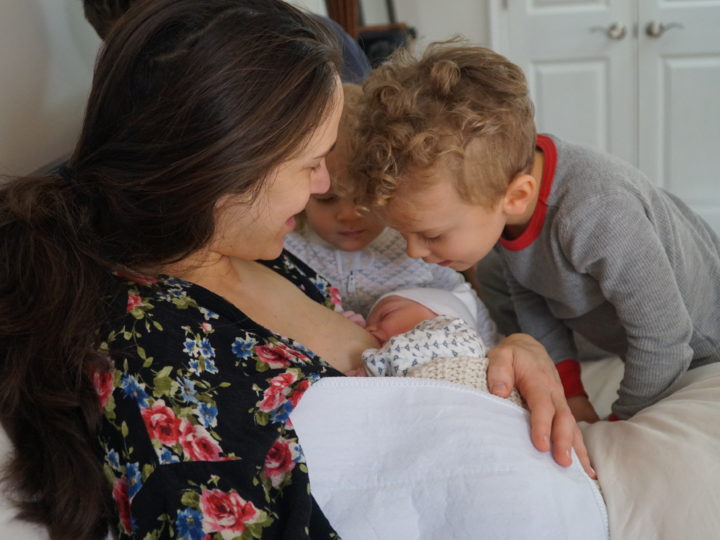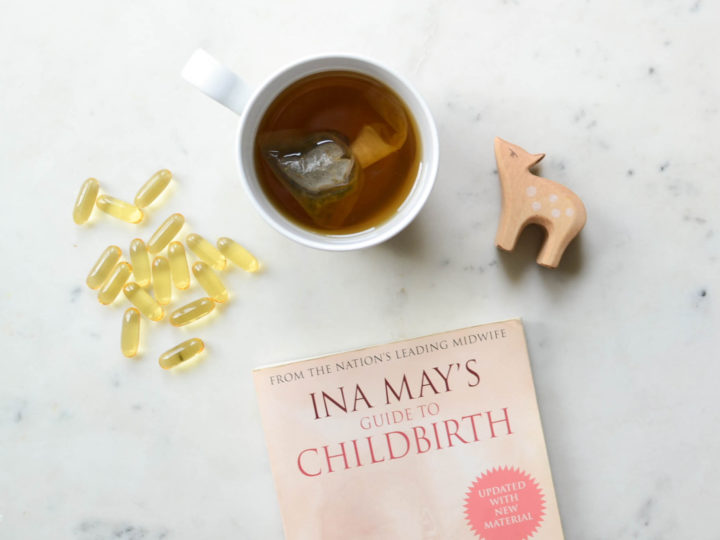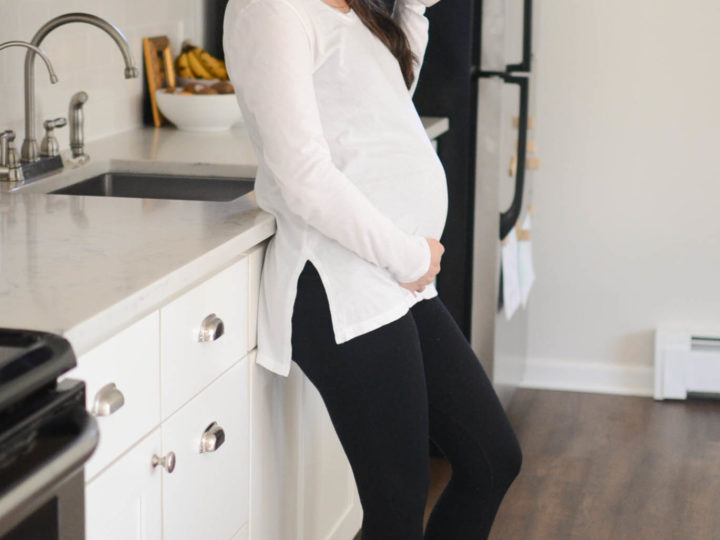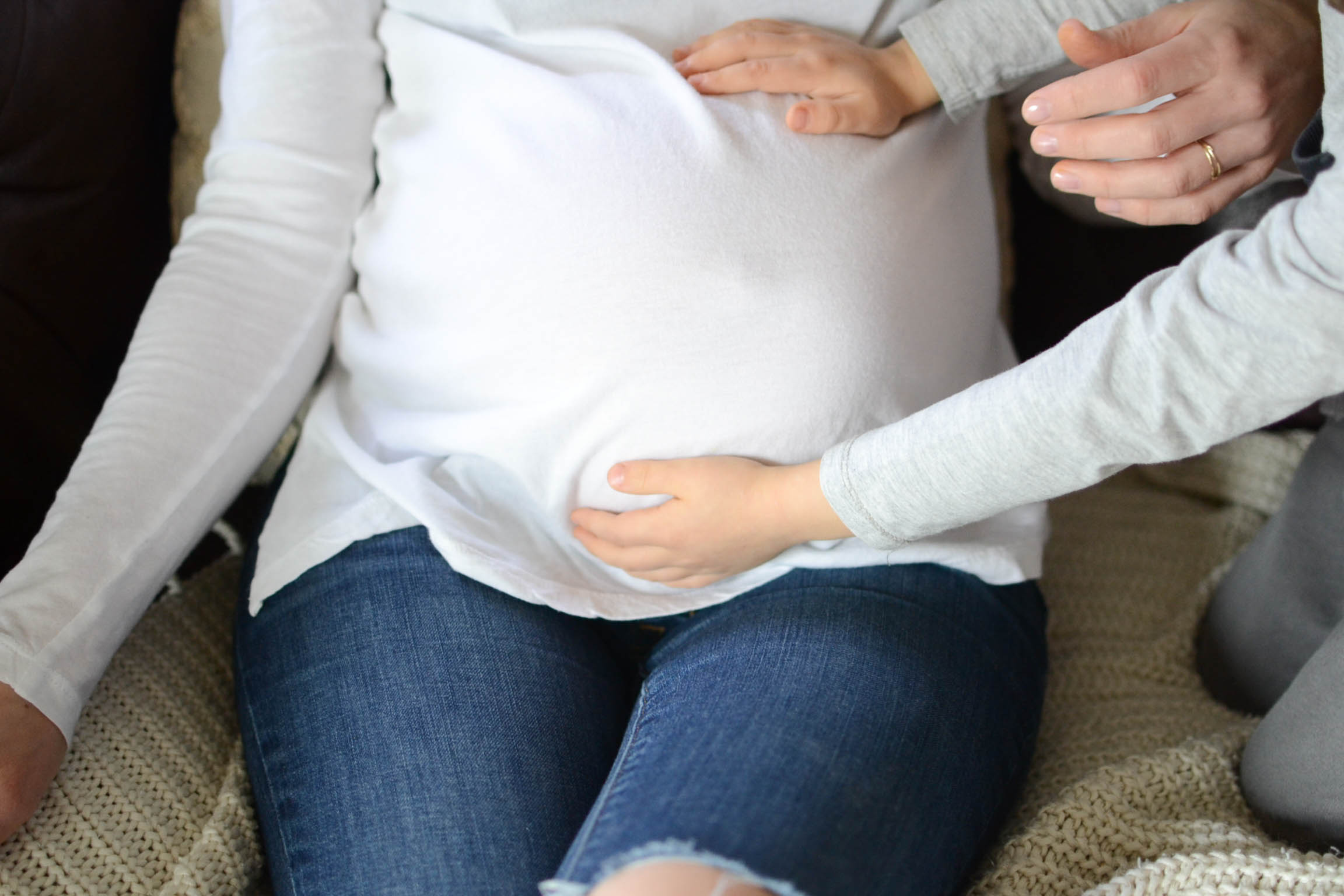
Today I’m sharing what goes into preparing for a home birth. First and foremost in order to have a home birth you must be a low risk mother (meaning no hypertension, gestational diabetes or other complications), your baby must be head down (in most states), and your baby must be born between 37 and 42 weeks gestation. If you’d like to know more about home birth in general and why it is as safe (attended by a well experienced Midwife or OB of course) for a low risk pregnancy than the hospital, I highly recommend watching the documentary Why Not Home. If you feel home is the best place for your baby to be born, finding a Midwife or OB that you completely trust is definitely the next step.
Below I’ve included a list of what I have prepared for my home birth. Besides for what’s below, having an old blanket available for a floor delivery, trash bags, lots of ice (all I wanted to “eat” during both my labors was ice), a Tupperware and lid if you want to save your placenta are things you should also have on hand. My Midwives also take care of everything as far as “mess” goes, you wouldn’t even know anything happened in your home by the time they leave. They give me a birthing tub ahead of time so it can be blown up when I go into labor. They also bring anything that may be needed for an emergency like Misoprostol in case of hemorrhage, oxygen for momma or baby, doppler to monitor baby’s heart rate, and infant resusitation equipment. I will also fill a prescription for Misoprostol in case I was hemorrhaging before they arrived. It’s best to be prepared for anything to go wrong.
One of the most common questions I am asked about home birth is “what if you need a c-section”. Number one, the fact that I am a low risk momma will almost eliminate that possibility. The transfer rate in my Midwives’s practice is very low and is usually because the mom is tired and wants medication, not because of emergency. Secondly, my Midwives do not mess around if they think the mother or baby may be in distress and will transfer to the nearest hospital immediately (for me it’s 15 minutes away). The good thing is, because Midwives are so hands on and really pay attention to their mommas and babies, they are experienced enough to see something that might be a red flag far before an emergency cesarian is needed. What many people don’t understand is that there are also risks of being in a hospital and sometimes interventions that were used during labor are the reason a cesarian was needed in the first place. I completely trust my Midwives, although not all midwives are as careful and wise as mine and there are definitely other midwives even in New Jersey that I would not trust as my guardian of safety for birth.
I still packed a hospital bag and pre-registered at the hospital in case of transfer. One of my midwives says “pack it so you won’t need it”. I’ve packed basically anything I would take for an overnight trip: a phone charger, socks, nursing bra, comfy clothes, my contacts/glasses, hair ties, chapstick, toothbrush/toothpaste, camera, some snacks, a few items for baby. I actually didn’t pack a bag (I had intended to) with my first and when we ended up transferring, I ran out of the house with a robe and flip-flops, didn’t even have underwear or my phone! Anything you bring with you to the hospital just makes your stay a little more comfy.
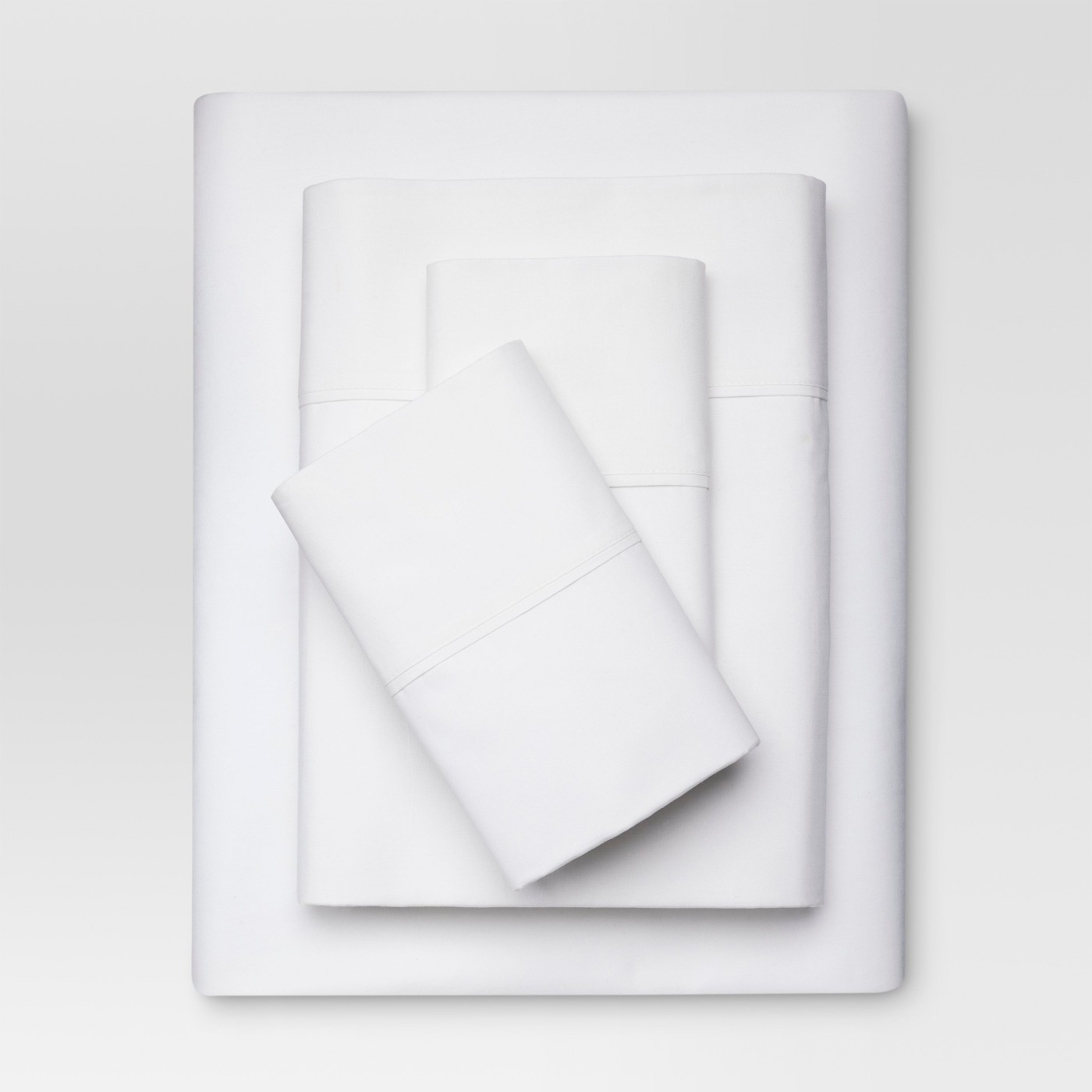
Two sets of sheets – I like these organic ones from Target. I didn’t need to use the extra set for either of my births but it is nice to have just in case. My water broke on the bed while I was being checked with my first but the Midwives bring chux pads (& there are some in the home birth kit) which will basically soak up anything and everything, so usually the mess is contained.

Two plastic mattress covers, shower curtains or table cloths – One for under your sheets (to protect the mattress) and one for under the birthing tub. I prefer to get these chlorine free, PVC free shower curtains. I can reuse them for my shower afterwards.

Towels – My Midwives like to stress a MINIMUM 15 towels as well as a couple oversized towels and 6-8 washcloths. I will attest to the fact that we used pretty much all of them for both of my births. When you are getting in and out of the shower or tub, they go fast. They don’t have to be brand new or anything, whatever you have at home will work, old beach towels or whatever.
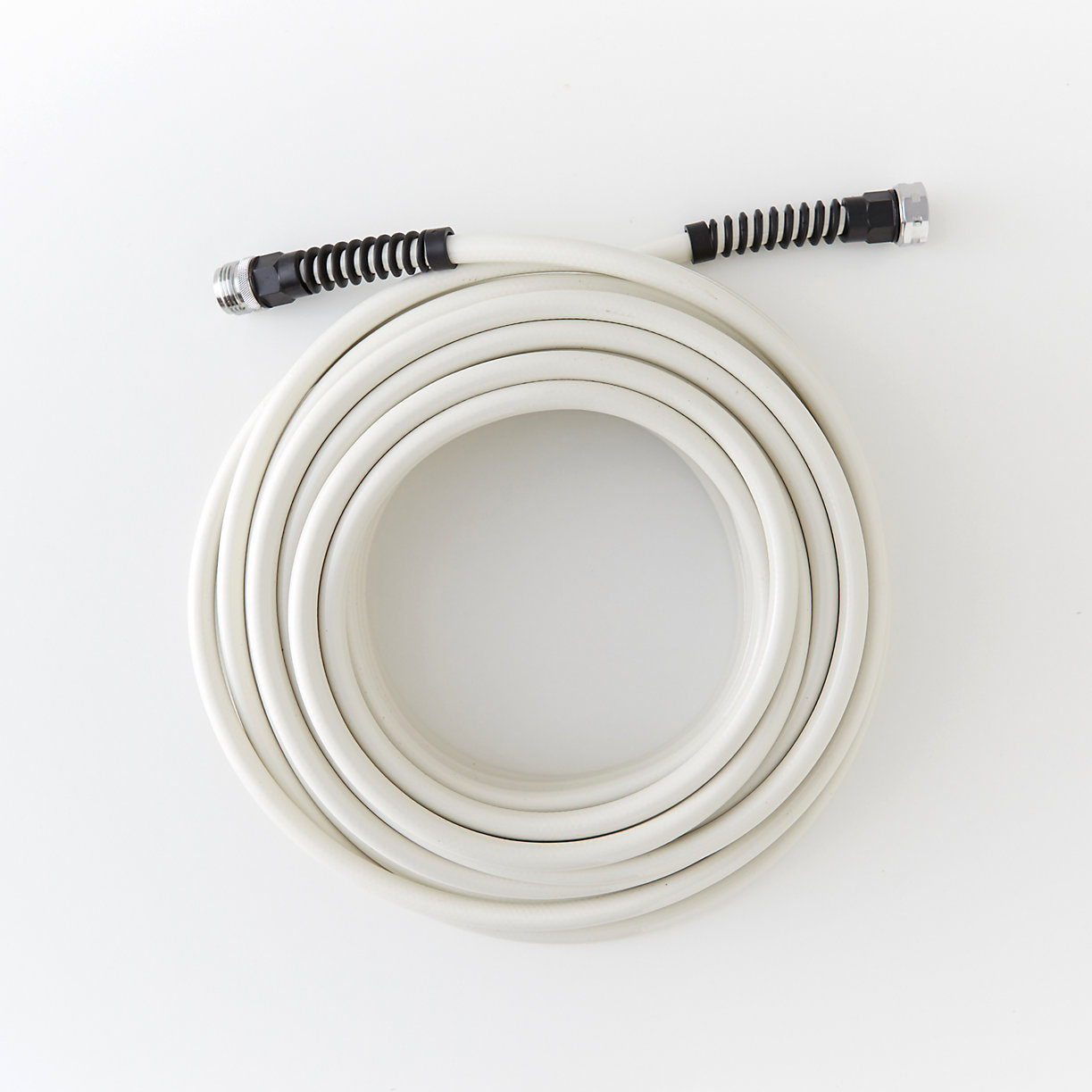
A brand new garden hose – for filling/emptying the birthing tub. I like this toxin-free polyurethane, BPA free, lead free, and phthalate free hose. My husband has fit the hose to our kitchen faucet for both my births.
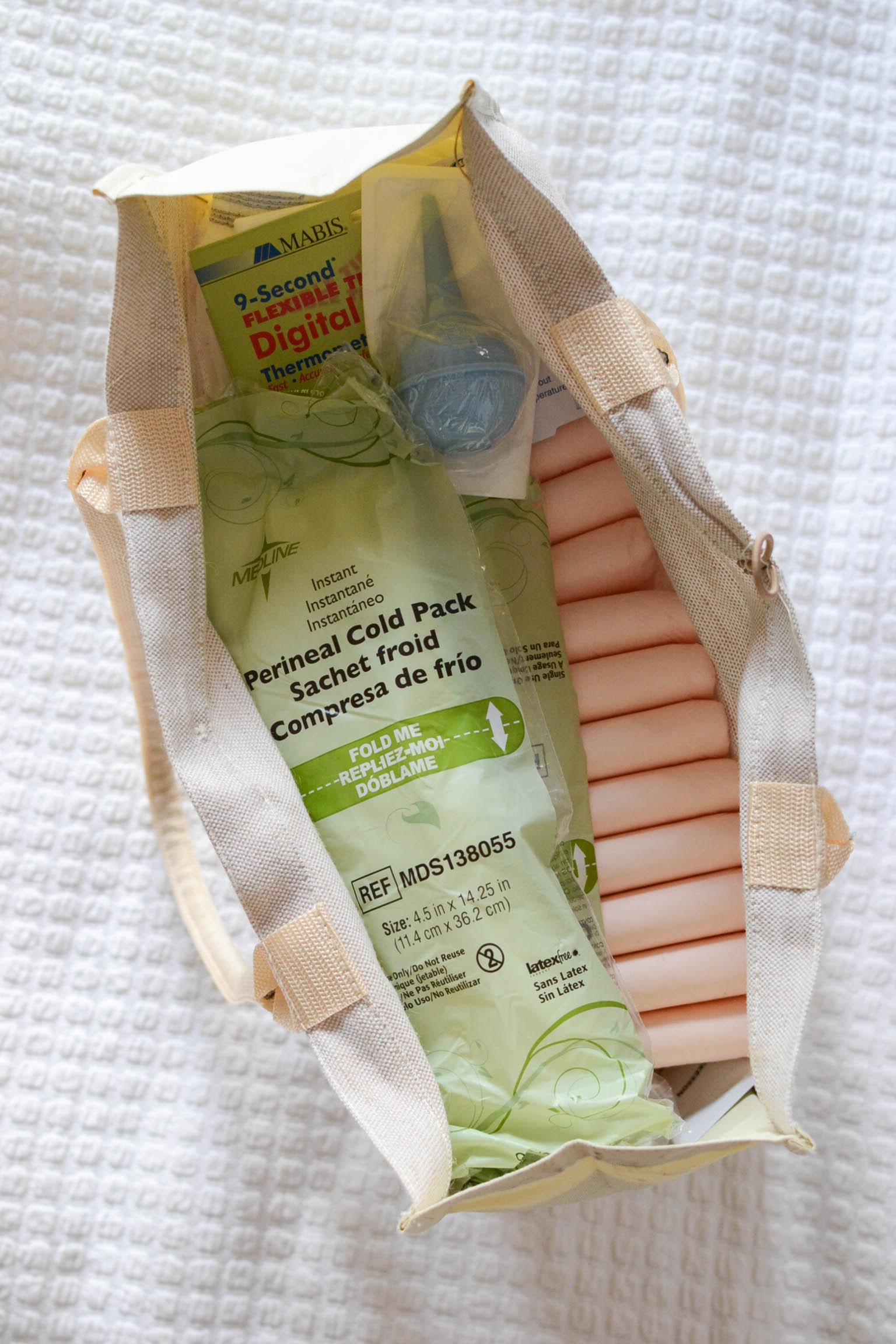
Midwives Homebirth Kit – given by my Midwives. This includes everything you will need for the birth and healing process. Chux pads, peri bottle, granny undies (which are basically the only thing you will want to wear post vaginal birth), perineal cold packs, pads for post partum bleeding, thermometer, Arnica for healing, nasal aspirator for baby, rice sock/heating pad, etc.
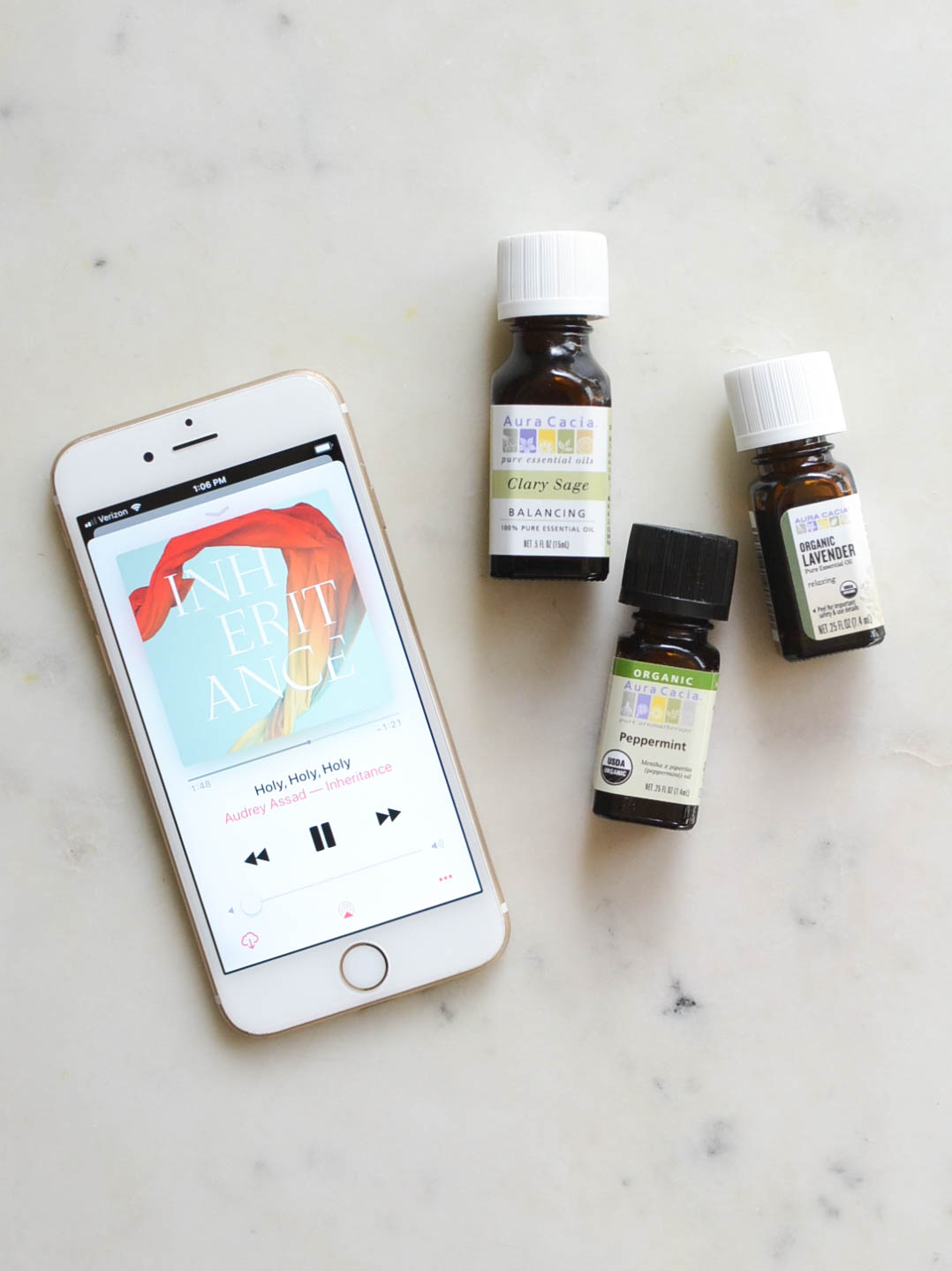
Labor companions – Have some music that is calming to you. For both of my births I wanted calm, quiet music in the background. Audrey Assad and Bon Iver on repeat. I’ve shared before I haven’t really jumped on the essential oils bandwagon, it’s just not in my budget. I did purchase a few oils at the recommendation of my Midwives for my first. Specifically clary sage is good for labor. Some other things that might be helpful during labor are an exercise ball, long scarf that can be used as a rebozo, massage balls, etc. (however, I didn’t use any of that for either of my labors)
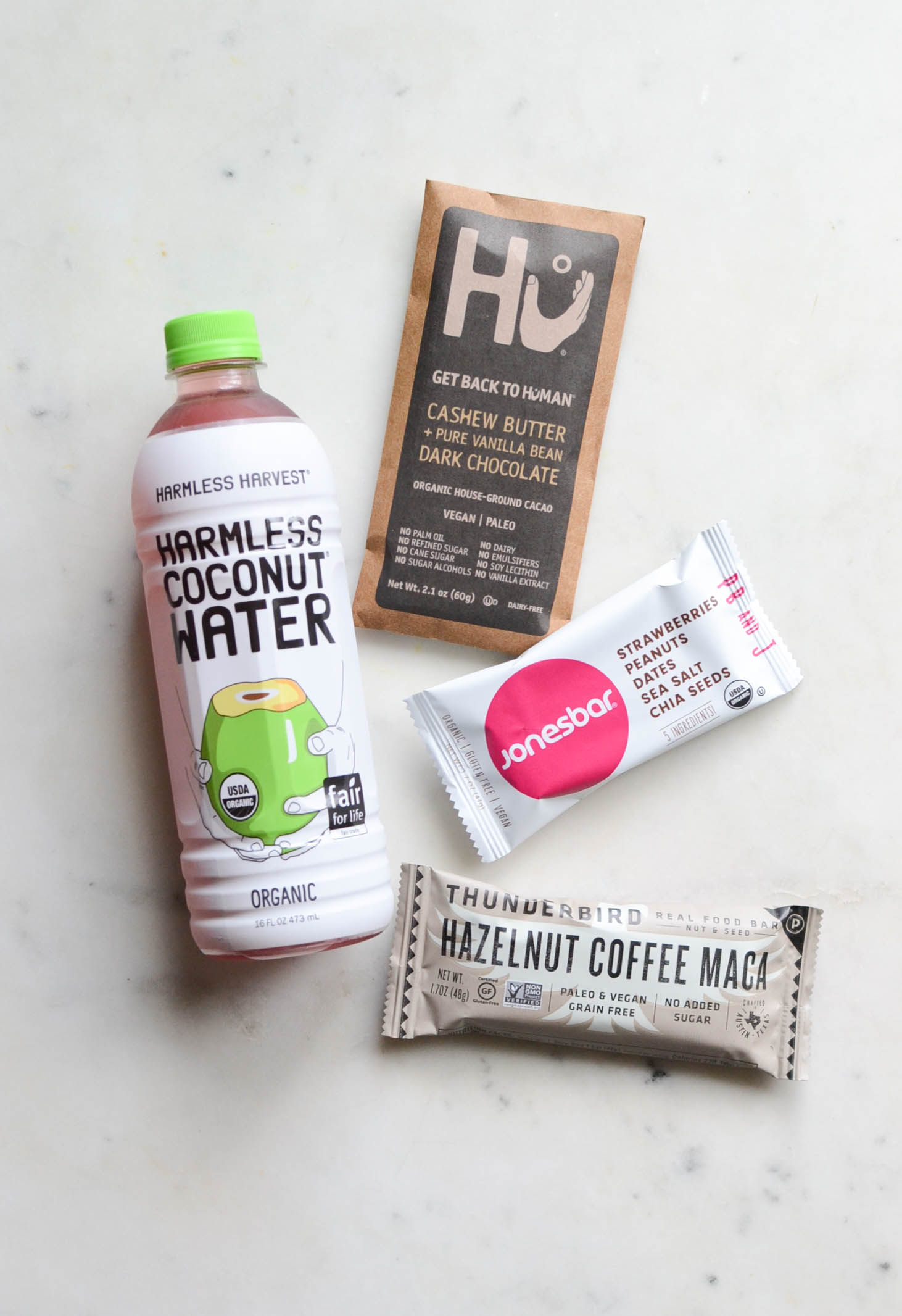
Food for momma & partner (& Midwives) – any drinks and snacks you think you might like during labor like coconut water, electrolyte ice cubes, snack bar, fruit, nuts/nut butter, chocolate, crackers, etc. I like to have some bottled water and healthy snacks for my Midwives too. Also your postpartum meal. With my first I didn’t pack a bag and we were in the hospital after 27 hours of not eating and vomiting twice and the only thing we could get our hands on close to midnight was fruit and a hard boiled egg from Starbucks. After my second birth I ate one of my lactation cookies so I will definitely have a batch of those made ahead of time.
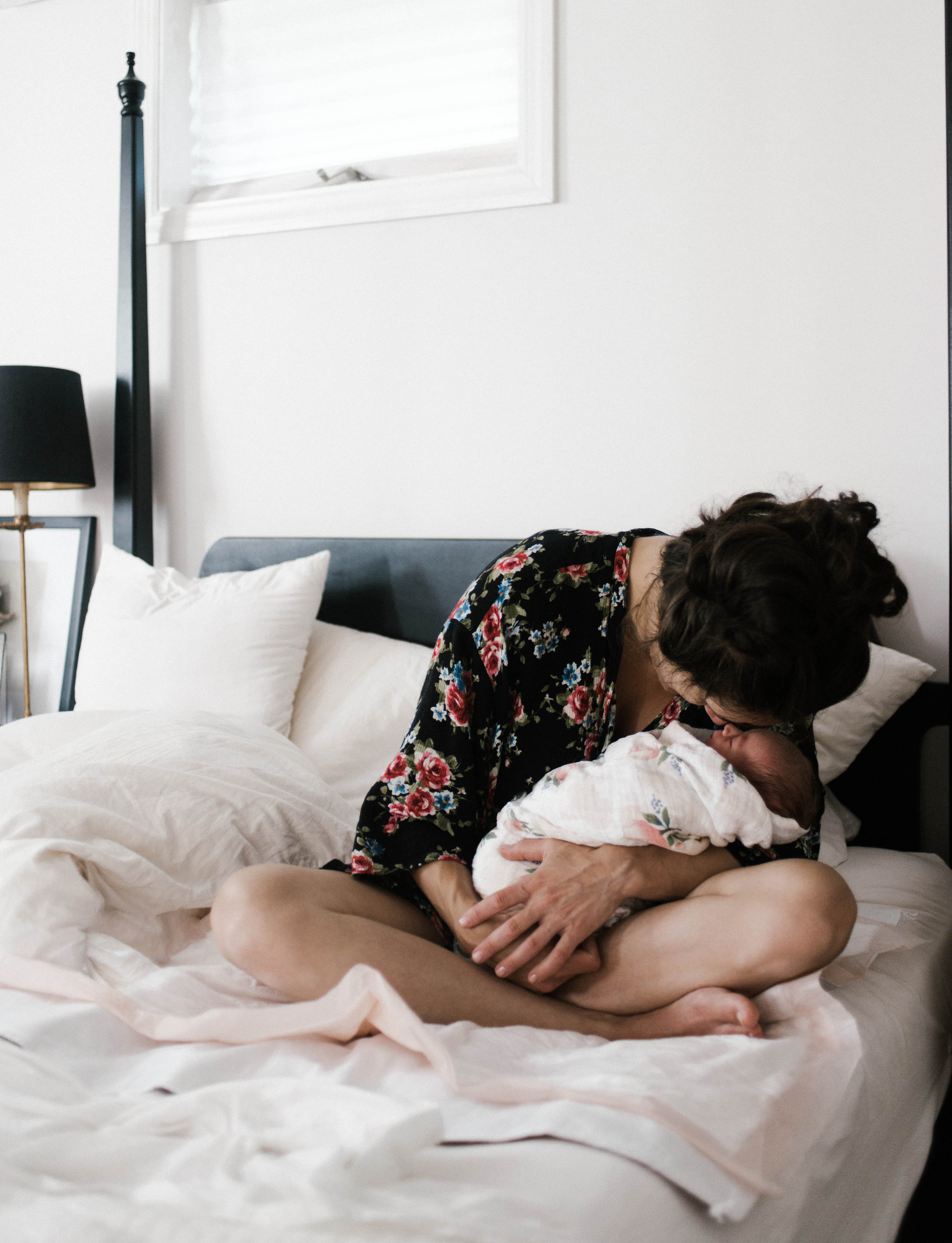
For momma postpartum – Overnight and regular sanitary pads (you will bleed pretty heavy for a couple days postpartum and will taper off for up to 6 weeks), a comfy nursing bra, Mother’s Milk tea, Ibuprofen and/or acetaminophen (for after pains, although I have never used), witch hazel to add to sanitary pads to help with healing. I’m not a robe person but I did buy one for postpartum after my first and I’m so glad I did. It was nice to just have easy access to boobs and go to the bathroom without much effort.
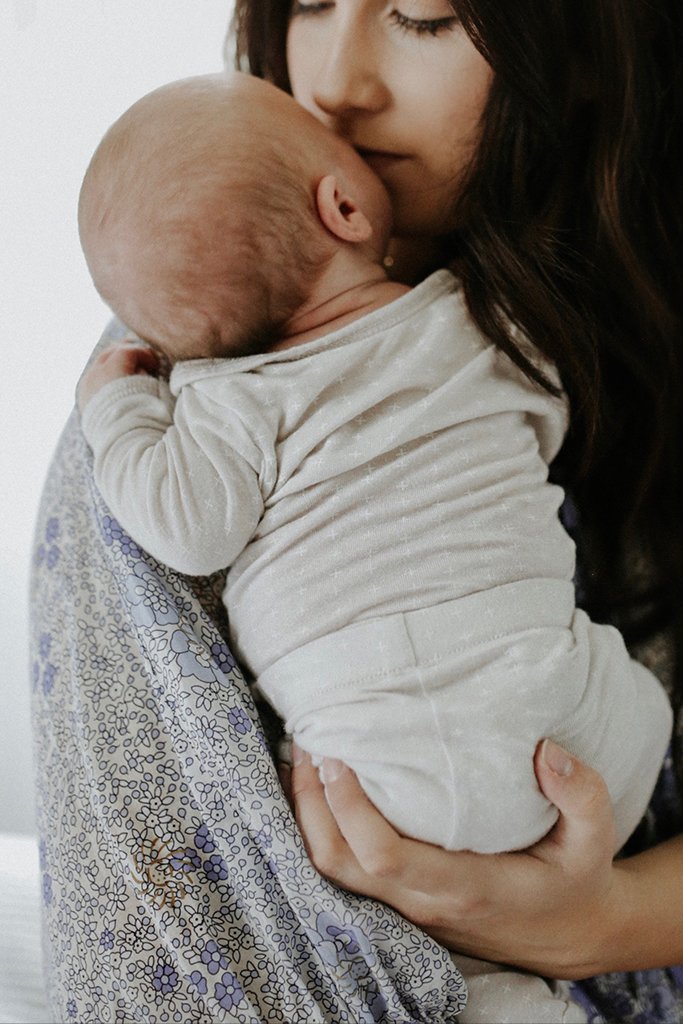
For baby – It may seem obvious but having some swaddle blankets, one undershirt, one sleeper or kimono, one pair of socks, and one cotton knit hat on hand is good especially since newborns have trouble regulating body temperature in the first 24 hours after birth. Keeping your baby next to you or on your chest in the first 24 hours is a good idea too. Diapers of course and Q-tips and hydrogen peroxide or alcohol to clean the umbilical cord. (image from Solly Baby)

